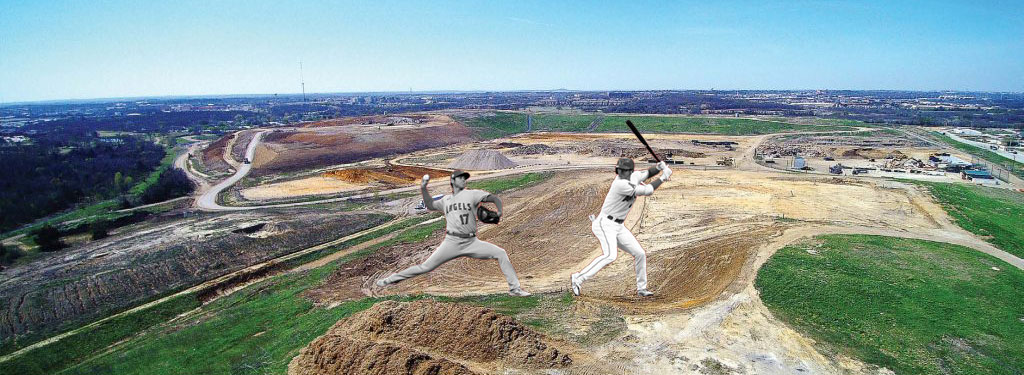A few days ago, baseball superstar Shohei Ohtani signed the richest contract in the history of professional sports by agreeing to play ten years for the Los Angeles Dodgers. The team will pay him $700 million for his services.
Ohtani’s value far exceeded that of any other baseball professional because of his ability to serve as a “two way player.” In baseball parlance, that refers to individuals who can serve in the (usually distinct) roles of full-time pitcher and full-time batter. The last professional baseball player to do so was Babe Ruth more than a century ago.
Like Ohtani, there are many contemporary public works that are highly valued because they are designed to serve multiple uses. The Buffalo Bayou of Houston, Texas, for instance, simultaneously serves as a flood management system, a public park space, and a natural habitat for numerous urban creatures.
The practice of multiple use public works also extends across periods of time. Fresh Kills Park in Staten Island, New York City, for example, recently opened on top of landfill that served for decades as a huge trash dump. It follows the classic example of Flushing Meadows Corona Park, home of the National Tennis Center and the U.S. Open, which was built on top of the ash dump called a “valley of ashes” in F. Scott Fitzgerald’s classic novel The Great Gatsby.
The most detailed illustration of multiple use public assets, though, may be the chapter about Philadelphia’s Rittenhouse Square in Jane Jacobs’ classic urban planning text The Death And Life Of Great American Cities. Jacobs noted how the park was used in different ways by different groups of citizens at different times of day, thereby optimizing its overall value across all groups and time periods.
Interestingly, a multiple use strategy (by its very definition) contradicts the philosophy of focusing on one’s core competency. When an asset can be deployed effectively across multiple core competencies, though, it can often produce far more value than any single use alternative.
Originally published at michaelkraten.blogspot.com. All rights reserved by author.
